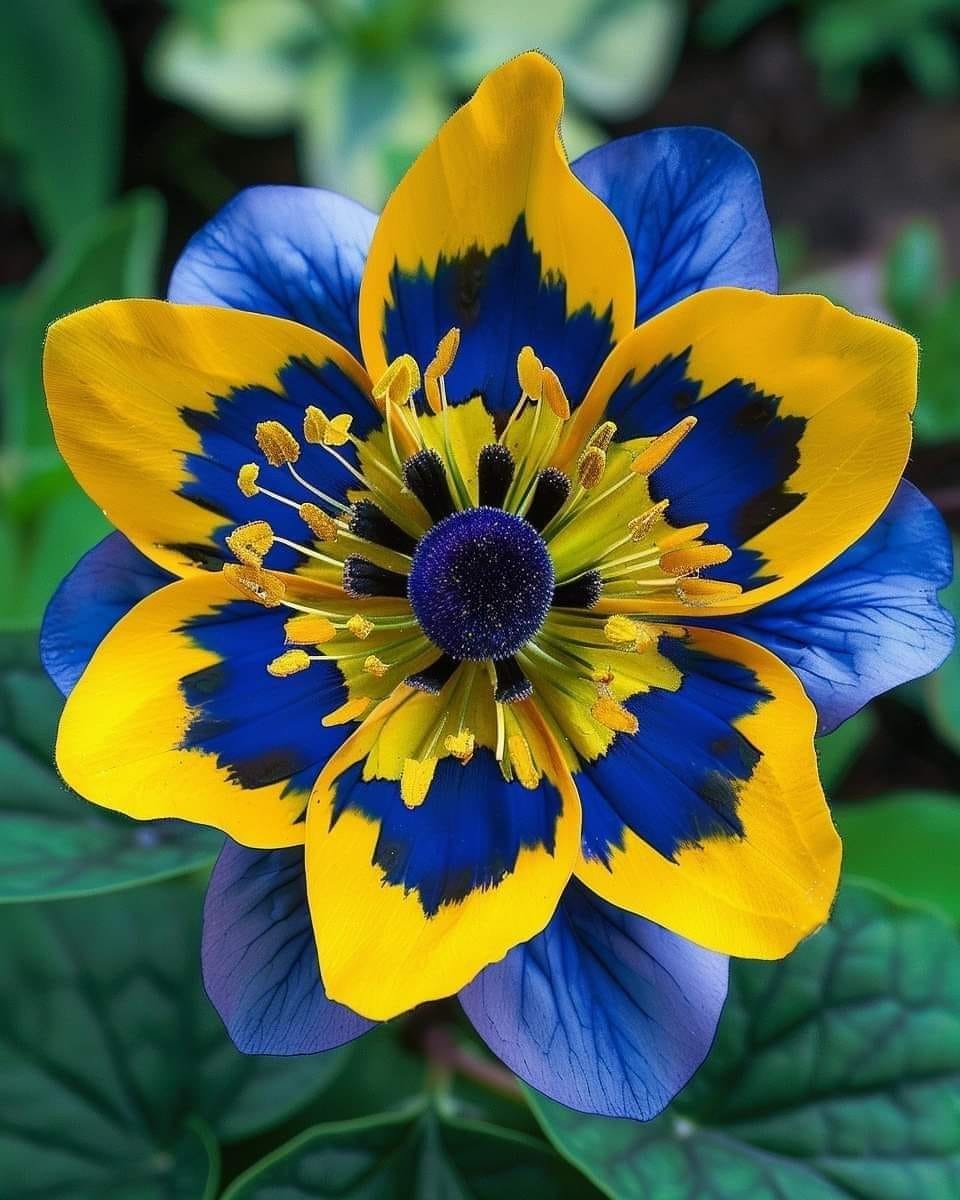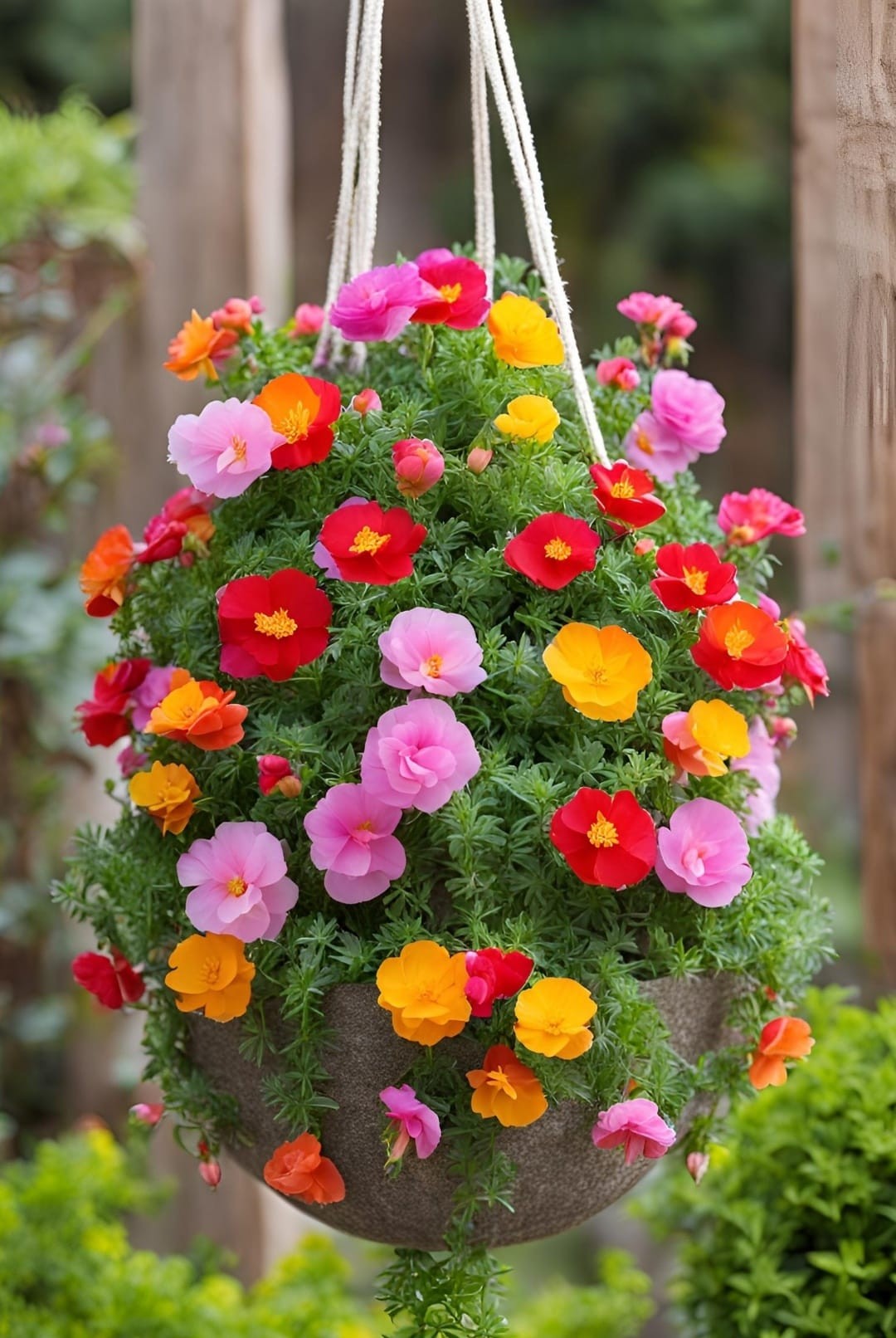Creating a stunning garden filled with vibrant blooms is more than just planting seeds in the ground; it’s an art that requires thoughtful planning, proper care, and an understanding of flower preferences. By learning the nuances of flower care along with strategic choices, you can transform your outdoor space into a breathtaking botanical haven. Let’s delve into the essential steps to grow and care for flowers effectively.

Understanding Flower Requirements
The foundation of a thriving garden lies in understanding the unique requirements of various flower species. From soil quality to sunlight exposure, each element plays a crucial role in ensuring your flowers reach their full potential.
Soil Quality: The Foundation of Growth
Every flower’s journey begins beneath the surface, where the soil plays a pivotal role. Most flowering plants thrive in rich, well-draining soil that supports healthy root development. Imagine your garden as a canvas — without a robust base, even the most exquisite colors will fail to shine.

You should consider conducting a soil test to evaluate pH levels and nutrients, allowing you to amend the soil as necessary. Incorporating organic matter such as compost not only improves drainage but also enriches the soil with vital nutrients, setting the stage for flourishing flora.
Sunlight: The Power Source
Just like humans, flowers too need their daily dose of sunlight. Most flowering plants prefer full to partial sun, requiring at least six to eight hours of sunlight each day. Think of sunlight as the fuel that powers growth — without it, your flowers may become leggy or fail to blossom.
If your garden tends to be shaded, opt for shade-tolerant varieties, which can still offer a beautiful display despite less light exposure. By understanding the sunlight requirements of different flower types, you can create a harmonious garden that thrives in the available light.

Choosing the Right Flowers for Beginners
For novice gardeners, selecting the right flowers can make all the difference. Some of the best flowers for beginners include Marigolds, Zinnias, and Sunflowers, known for their resilience and minimal care requirements.
Start with Resilient Varieties
These flowers are forgiving, allowing new gardeners the chance to experiment and learn from their experiences without the fear of instant failure. Furthermore, growing cut flowers can be immensely rewarding, as they provide not only beauty but also a supply for indoor arrangements.
Striking a balance between aesthetics and functionality can lead to a fulfilling gardening experience. As you gain confidence and expertise, you can gradually expand your flower repertoire to include more demanding species.
Prioritize Functionality and Aesthetics

When choosing flowers for your garden, it’s essential to strike a balance between visual appeal and practical considerations. While the allure of exotic and rare blooms may be tempting, it’s crucial to select varieties that will thrive in your specific growing conditions.
Timing is Everything
The timing for planting flowers is crucial; it’s akin to choreography in dance. Each flower type has its own optimal planting timeline, often dictated by seasonal shifts. For example, many annuals do well when planted after the last frost, while perennials tend to thrive when established in early spring or fall.

Spacing and Arrangement
Strategically arranging your flowers enhances both their health and visual appeal. Overcrowding can lead to competition for resources and increased susceptibility to disease. As a general guideline, follow spacing recommendations specific to each flower type; this allows adequate air circulation and access to sunlight, promoting vigorous growth.
When planning your garden layout, consider the mature size of each flower and arrange them accordingly. Taller plants should be positioned at the back, with shorter varieties in the front, creating a visually appealing tiered effect. Grouping flowers of the same variety together can also amplify their impact, while interspersing different colors and textures can add depth and interest to your garden.

Regular Maintenance
Implementing a consistent watering schedule, particularly during dry spells, is vital — think of hydration as the lifeline for your flowers. Moreover, removing spent blooms (deadheading) encourages further blooming and prevents energy diversion towards seed production. This practice creates a cascading effect, enhancing the overall vibrancy of your garden throughout the season.
Regular weeding is also crucial, as it prevents competing plants from stealing valuable nutrients and water from your flowers. Carefully digging out unwanted vegetation, while ensuring you don’t disturb your flower’s roots, can make a significant difference in their growth and appearance.

Creating a Cohesive Aesthetic
A beautiful garden isn’t just about individual flowers; it’s about how they play together in the grand design. Consider the color wheel when selecting flowers; complementary colors can create striking contrasts, while analogous colors can offer harmony and tranquility.

Designing with Color and Texture
Layering flowers of varying heights and textures can add depth and interest to your garden landscape. Additionally, incorporating foliage plants can enhance the overall aesthetic, providing a lush backdrop that emphasizes your blooms.
By weaving all these elements together, your garden will not only look beautiful but will also become a living testament to your dedication and love for nature. Each flower represents a note in the symphony of your garden, harmonizing beautifully to create an enchanting oasis.






